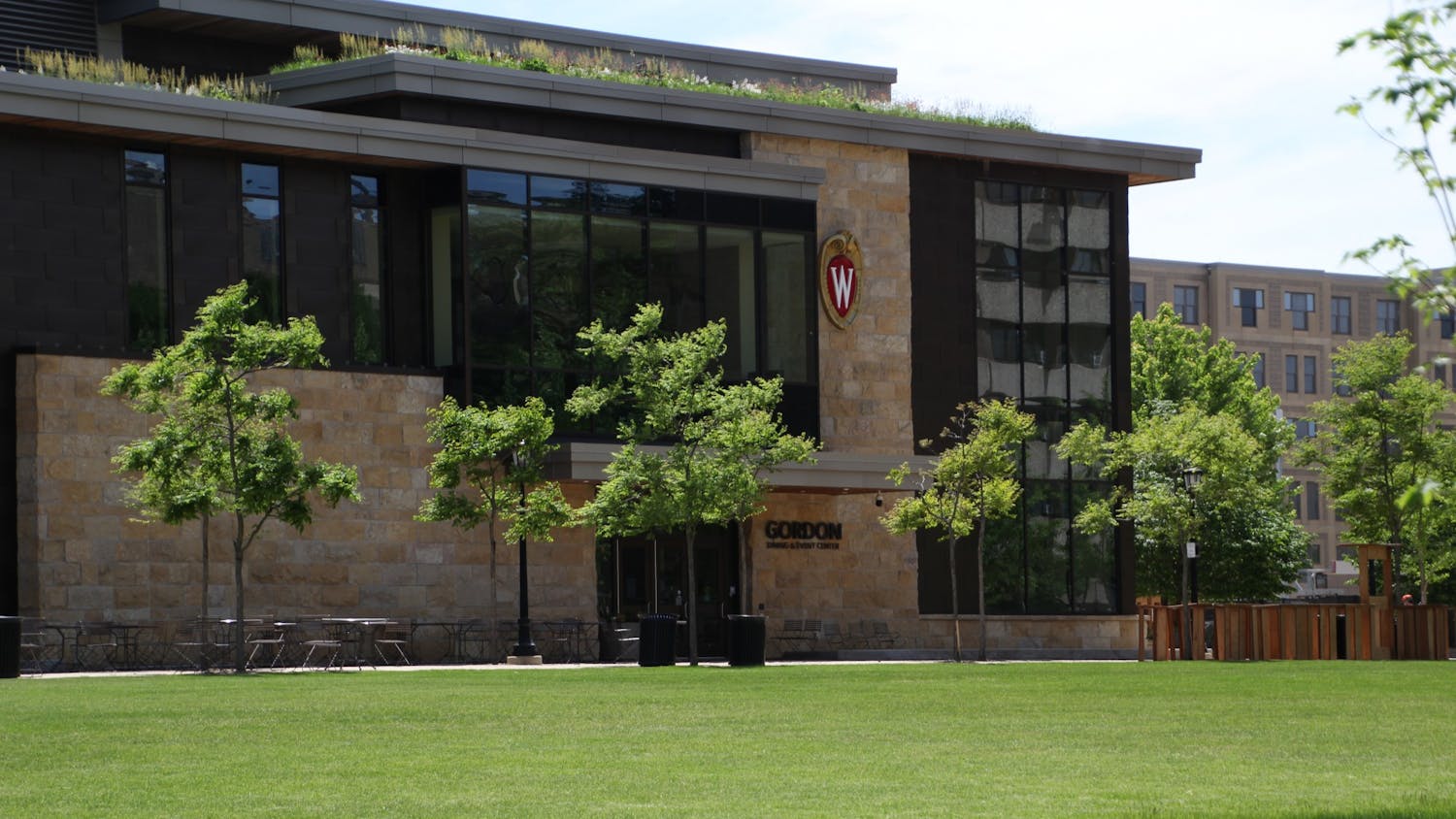According to recently released data from the census bureau, the population of Dane County increased by approximately 15% during the past decade, making Dane county the fastest growing area in all of Wisconsin.
There have been 73,431 new arrivals to Dane County over the past decade, representing roughly one third of Wisconsin’s net 206,732 person population growth.
The population of Madison, which is located within Dane County, grew by approximately 16% from 233,209 in 2010 to 269,840 in 2020, a reality which is likely to have political ramifications according to officials.
John Johnson, a research fellow at Marquette University's Lubar Center for Public Policy Research and Civic Education, commented that the increased size of the Dane County area will have an impact on federal redistricting, causing Dane County voters to impact additional districts.
"They're going to add close to another entire Assembly district," Johnson told WPR. "So there will be additional representation for the citizens of Dane County."
Due to the increased size of the county, nearly 53,000 rural Dane county voters who have traditionally been lumped into the heavily democratic 2nd Congressional District will instead be voting for candidates in the 3rd Congressional District which has been more heavily contested in the past.
The consequences of this redistricting are especially relevant following the recent announcement of Ron Kind (D), who currently represents the 3rd Congressional District, stating that he will not be running for reelection in 2022. This means that the election in the third congressional district has the potential to be determined by Dane County residents.
Census data indicates an increase in racial diversity within Dane County over the past decade with racial minorities now making up 22.4% of the population, up from 15.3% in 2010.
According to census data, Latino residents continue to represent the largest minority group in Dane County, making up 7.5% of the population, while the Asian community has surpassed the size of the African American community with both groups making up 6.3% and 5.4 % of the population respectively.
Experts have emphasized that the overall decrease in the population of non-Latino whites is misleading and can largely be accounted for by an increase in interracial relationships which have resulted in an increase in residents of mixed race within Dane County from 4.7% in 2010 to 6.4% of the population in 2020.
Steven Ruggles, a population scientist with the University of Minnesota, discussed the seemingly declining number of white Wisconsinites on "The Morning Show" and explained that the demographic shift is misleading.
"The white population is declining only if one defines white by the 'one-drop rule,' the racist interpretation of race that predominated the 19th century," Ruggles said. Rather, "more and more people are responding [to the Census] with mixed-race responses."
Experts note that available housing in Dane County has failed to keep pace with the expanding population despite the housing market expanding by 15.2% over the past decade, making Dane County the most rapidly expanding area in Wisconsin according to Madison.com.
Out of Wisconsin’s 72 counties, Dane County currently has the State’s 69 lowest vacancy rate of 4.2%, considerably lower than the statewide average of 11%.






